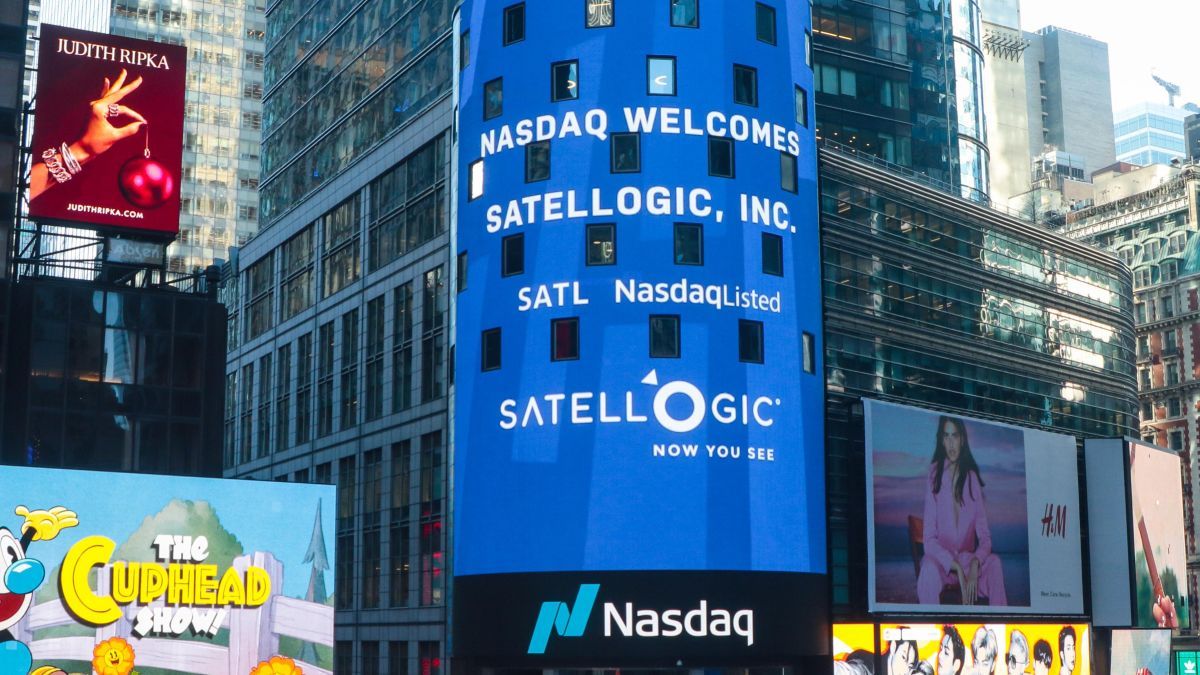Regarding his forecasts for 2025, he formulated the following:
1. Expect more tech IPOs from superstars in emerging markets. With regional companies such as Mercado Libre (Nasdaq: MELI) of Argentina and Nubank (NYSE: NU) Brazil With market capitalizations around US$100 billion and US$60 billion respectively, public investors are showing confidence in the growth of e-commerce and fintech in the region. Among the companies to follow are: Creditas (Brazil), Rappi (Colombia) and EBANX (Brazil).
Beyond the United States, alternative exchanges in the Middle East and Asia are also courting Endeavor’s top companies.
2. Established companies in Latin America and the Middle East will actively invest in acquiring smaller players. In search of innovation, established companies are increasingly turning to startups to drive growth in areas such as AI, sustainability and digital transformation. This move embodies Endeavor’s “multiplier effect,” where founders build their ecosystems by mentoring, investing in, and inspiring the next generation of entrepreneurs.
Unifonicbased in Saudi Arabiarecently launched a venture department and accelerator fund that supports software startups in the MENA (Middle East and North Africa) region. The corporate risk fund GlobantGlobant Ventures, is actively investing in technologies that seek to reinvent business through AI, Blockchain and the Future of Work, and has backed some of the Endeavor entrepreneurs, such as elsa (Vietnam).
Beyond providing capital, Corporate Venture Capital (CVC) often provides entrepreneurs with strategic partnerships and access to markets, becoming key allies in some specific industries.
3. Activity in secondary markets will accelerate year after year. This happens while GPs/LPs (general partners and limited partners) seek liquidity. It is no secret that the market has been quiet in 2024 in terms of exits, both for IPOs and M&A (mergers and acquisitions of companies), after the liquidity boom that was recorded between 2021 and 2022. As the funds seek to deliver distributed paid-in capital (DPI) to their limited partners, it is expected to see an increase in secondary market activity.
4. Bitcoin will reach US$150,000, driven by alternative markets. The forces that gave rise to the rise of digital banks will contribute to the increase in cryptocurrency adoption in emerging markets. The widespread expansion of smartphones and digital technology, along with the desire for accessible banking services and favorable regulations, has created an enabling environment for cryptocurrencies.
5. Space exploration will have no geographical limits. Recent technological advances have democratized access to space around the world. What was previously limited to the US and Russia, now occurs in countries like Italy, Argentina, Bulgaria and Polandamong others.
Factors such as the reduction in development and launch costs due to technological innovations, and the ability of artificial intelligence to process large volumes of data are driving this trend.
Among the companies that are manufacturing interstellar devices is Satellogican Argentine company that specializes in Earth observation satellites.
6. Latin America will take advantage of its advantage in nearshoring (trade strategy that consists of moving part of a company’s production to a nearby country), mainly in Mexico. As American companies seek to reduce their dependence on China and other countries for manufacturing, Latin America stands out as an attractive alternative , offering low costs, qualified labor and logistical ease.
Nearshoring could add US$78 billion in additional exports of goods and services in the region, which will require improving trade, connectivity, transportation and logistics infrastructure, many of which can be addressed with technology.
However, to fully realize this potential, Latin America must improve its physical and digital infrastructure. Although concerns remain over the political stability and regulatory environment, if properly managed, they could cement the region’s role as a preferred hub for global operations.
7. More investors will look for Artificial Intelligence deals in alternative areas of Europe. The United States is the global leader in AI, with almost 30 deals over $100 million this year. That said, Europe is not far behind, with 14 AI investments valued at $100 million or more, this trend is expected to continue.
Technical talent abounds in the region, and numerous success stories are helping to strengthen that certainty. ElevenLabs (Poland), an AI speech generator valued at more than $1 billion, and Druid (Romania), a conversational AI platform, have recently raised significant capital to extend their global presence.
Other companies are supporting the growth of the AI ecosystem, such as Submer (Spain), which offers immersion cooling technology for data centers, addressing the growing energy and water demands generated by Artificial Intelligence applications.
Venture investment and the role of unicorns, according to Endeavor’s vision
UNICORN PORTFOLIO.png
Endeavor, the world’s largest community of entrepreneurs, launched your own co-investment fund called Endeavor Catalyst in 2012 with the aim of supporting the companies in its network in the process of growth. And, at the same time, he sought to be a source of financing to sustain the organization’s mission around the world. On the other hand, the fund also contributes to Endeavor’s mission of promoting economic investment in emerging markets.
In turn, investment rounds They are one of the tools that entrepreneurs have to accelerate their growth and surround themselves with experts who can add value to their business strategy.
The fund invests exclusively in companies led by Endeavor entrepreneurs taking into account three conditions: the company must be led by an Endeavor entrepreneur, the financing round must have a value equal to or greater than 5 million dollars and must be led by an institutional investor.
According to the latest official data available, Endeavor Catalyst’s portfolio included 40 companies valued at more than $1 billion, a figure that places them in the unicorn category.
What are the Argentine unicorns?
“In 2013, investor Aileen Lee coined the term Unicorn to refer to technology companies with a valuation of more than $1 billion. The symbology of the unicorn said it all: an animal of particular rarity that represents power and purity and of which there are very few of its kind. At that time, there were only 39 unicorn companies, but in 2021, according to CBInsights, they reached 832 worldwide. world,” the report summarizes.
He also adds that “in Argentina, the iconic cases of the Endeavor network are Free market and Globant although in recent years there have been other younger companies that have reached this category: Auth0a cybersecurity company that is dedicated to the authentication of digital identities, or as its founders say, “the login box”, which was acquired by Okta – its competitor in the US – for a sum of US$6.5 billion; Murala platform that offers a digital whiteboard so that the teams of any company can work collaboratively from anywhere in the world and Ualaa fintech that works for financial inclusion”.
Endeavor highlights in this sense that the most important thing about these companies, regardless of their valuation, is the value and impact they generate. On the one hand, they are a source of wealth since generate quality jobs and develop talent which then represents them and allows them to compete in the world.
And on the other hand, he highlights that “they have a multiplier effect about the entrepreneurial ecosystem, they are often a source of inspiration for founders who are developing growing projects. Also They are mentors or investors and offer their knowledge to others, energizing the economy and transforming societies towards an entrepreneurial attitude and growth mentality.
Source: Ambito




